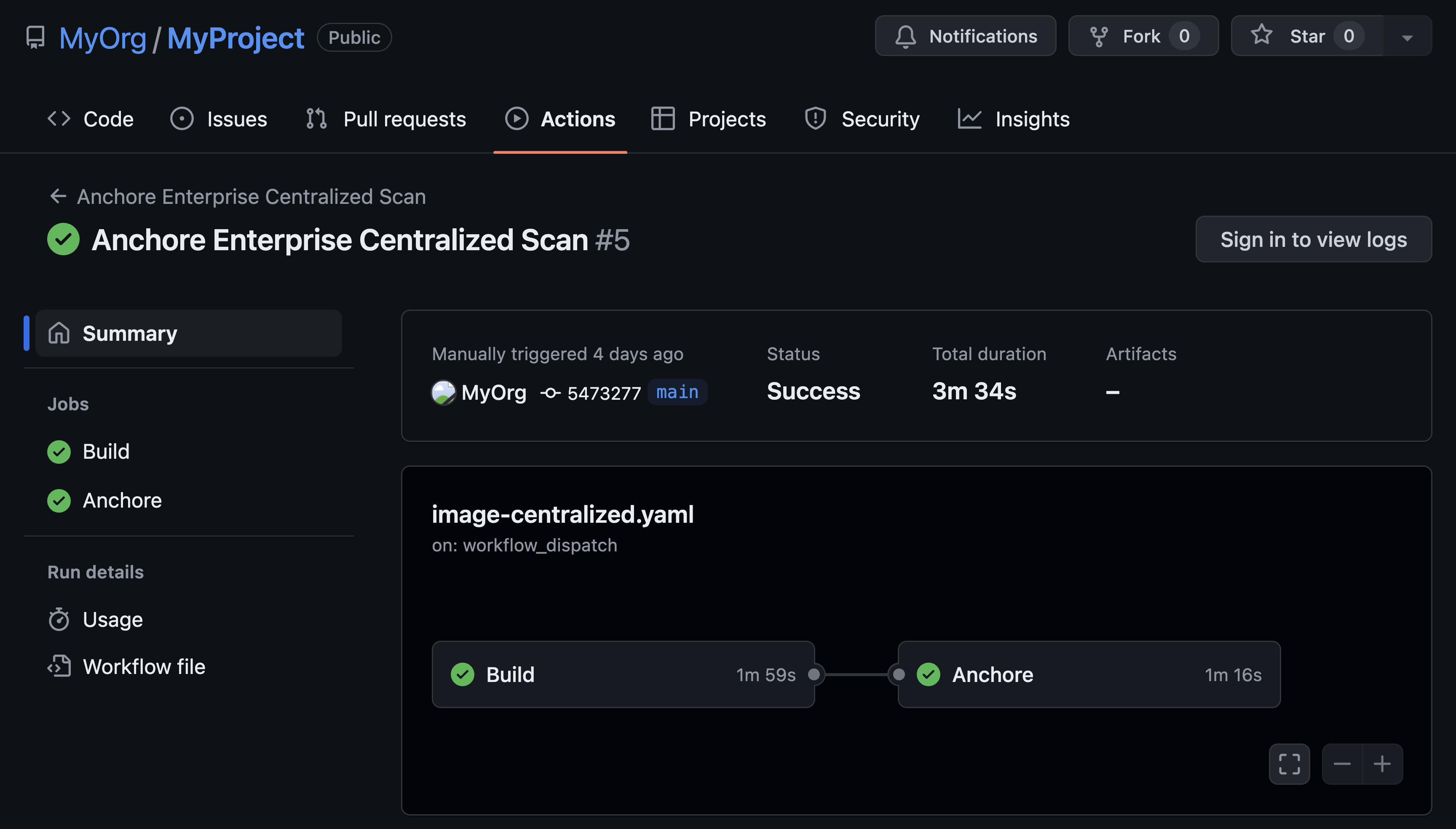If you spend any time in the technology industry, you’ll probably be struck by how quickly the world changes. A lot of promising technological trends disappear as quickly as they appear, but some have staying power. Most are familiar with the technology adoption life cycle, originally published in 1957. Its premise holds true, and we can see it in action every day.
I’ve spent most of my career in infrastructure technology, starting with rPath, where we pioneered the concept of “software appliances”—all-in-one software units containing all of the required dependencies all the way up to a minimal version of the base operating system. rPath was around for the introduction of cloud computing in 2006 when Amazon launched the first version of its Simple Storage Service (S3). Public cloud computing has outlasted the hype and become dominant throughout many industries because of its low barrier to entry, effectively limitless scale, and aggressive pricing.
Private cloud computing, however, has not been as successful. I spent five years at Eucalyptus Systems building and selling an on-premise implementation of Amazon’s cloud platform. OpenStack was founded during that time, and we struggled to gain community and market adoption. An amazing number of platform companies spawned during that time, including Cloud.com, Nebula, and Piston Cloud. And several older infrastructure service projects moved into the private cloud market—OpenQRM, OpenNebula, and Abiquo. Still, large-scale adoption of private cloud platforms was elusive. Amazon’s EC2 was a major competitor, and despite the hype from OpenStack, Eucalyptus, and others, the advantages of public cloud computing didn’t always translate well into on-premise environments.
Container Origins and Adoption
Unless you’ve been living in a cave (No offense to cave-dwellers! I’m envious sometimes), you’ve heard of these new things like “Docker” and “containers.” Containers are actually not new. Linux has supported containers since 2001, but only lately has container-based systems management become popular. There are a lot of advantages to running apps in their own containers; advantages we were trying to exploit at rPath by bundling all of the required dependencies into a single, minimal computing environment.
Containers promise unified environments between development, test, and production, with happier and more productive developers, greater ease of troubleshooting, fewer side effects when different system components are changed, and overall, more stable and more frequently updated applications. I spent most of 2014 skeptical of container promises thinking, “Isn’t this just virtualization again?” and, “This is more hyped than OpenStack, and look at how few production deployments of THAT exist?” But as I speak to more and more container users, I realize that adoption in production is occurring at a much faster rate than any other technological change I’ve experienced in my career.
This rapid adoption is good news for a lot of people, including container management companies, developers frustrated by slow test/release cycles, and anyone responsible for managing large-scale systems with lots of dependencies and moving parts. All of this comes with risks, however. One of the problems we struggled with at rPath was handling out-of-band changes to “appliancized” systems. There was still a long modify-test-deploy cycle. This duration sometimes led to software appliances being modified in ways that were unmanageable, taking us right back to the inflexible and expensive “golden image” model, where the carefully hand-crafted golden image was the source of truth for how an environment should be constructed. If you lost that golden image, or if you needed to make major changes, you had a lot of work to do.
Problems and Solutions
Containers face many of the same problems today, including the hand-crafted, “artisan” containers, and there are few tools to manage provenance, examine container contents, and track changes over time. While this issue may not be a burden for the developers, it will rapidly become a headache for those responsible for production operations and the security of the applications.
At Anchore, launched today, we are building tools to manage contents of the containers themselves, how they change over time, where they come from, and what’s inside, giving dev, test, and ops the visibility they need for reliable and secure application deployments. While early in our journey, we see the rapid and widespread adoption of container technology and are excited to watch what the container ecosystem has in store, and how we can help improve the agility, safety, and productivity of application developers throughout the industry.


